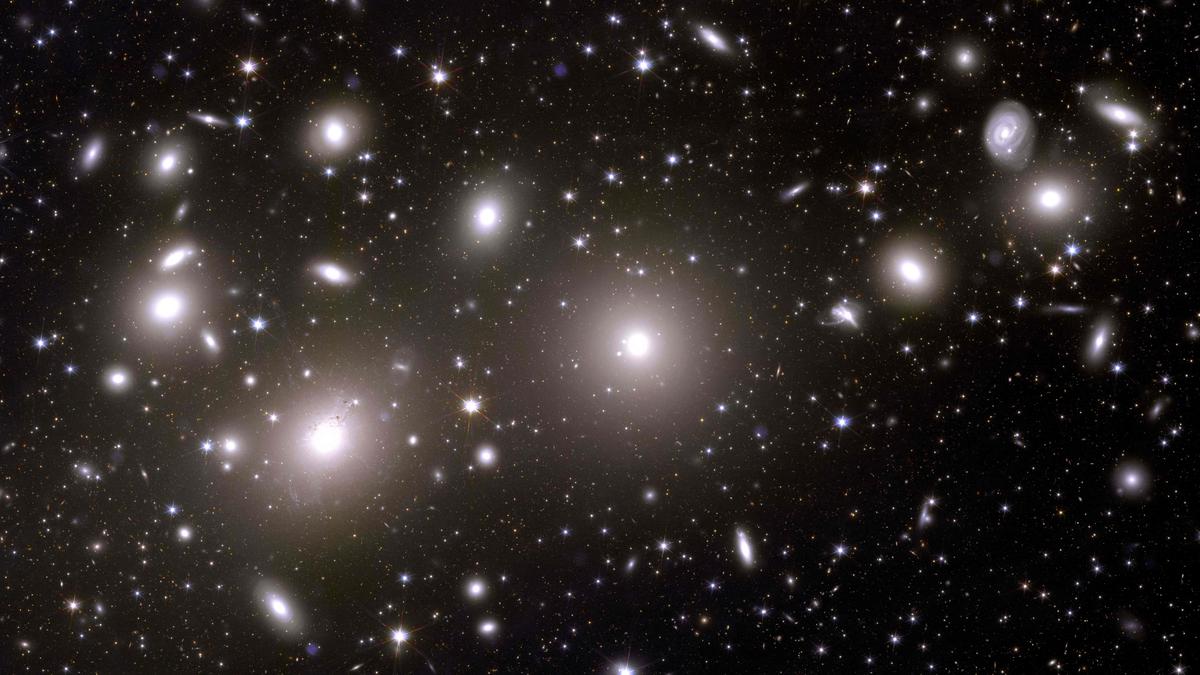In the latest developments regarding the expansion of the universe, astronomers are faced with perplexing findings, despite utilizing advanced telescopes and instruments. This has deepened the enigma rather than providing clarity.
Background
- Historical Context: The concept of the universe’s expansion traces back to Edwin Hubble’s observations in the 1920s.
- Prevailing Model: The prevailing model, based on dark energy, proposes that the universe’s expansion is accelerating over time.
- Challenges: Pinpointing the precise rate of expansion, known as the Hubble constant, has proven to be challenging.
Recent Observations
- Data Collection: Recent observations, including those from the Hubble Space Telescope and ground-based observatories, have yielded significant insights.
- Discrepancies: Despite advancements, there are persistent discrepancies in measurements derived from different methods.
Conflicting Data
- Cosmic Microwave Background (CMB) Radiation: Data from CMB radiation suggest a higher Hubble constant, indicating a faster rate of expansion.
- Distant Supernovae Observations: Measurements based on observations of distant supernovae yield a lower Hubble constant, implying a slower pace.
Implications
- Profound Implications: The discrepancies challenge our fundamental understanding of the cosmos.
- Potential Revisions: A higher Hubble constant could necessitate revisions to existing cosmological models, impacting our understanding of dark energy and the universe’s fate.
Conclusion
As researchers continue their endeavors to refine techniques and analyze new data, the mystery surrounding the universe’s expansion remains unresolved. The pursuit of unlocking the secrets of the cosmos persists, driven by an insatiable curiosity about our existence.
Multiple Choice Questions (MCQs) with Answers:
- What is the prevailing model explaining the universe’s expansion?
- A) The steady-state theory
- B) The Big Bang theory
- C) The multiverse theory
- D) The dark energy-based model
- Answer: D) The dark energy-based model
- What is the primary challenge in understanding the universe’s expansion?
- A) Identifying dark matter
- B) Measuring the rate of expansion accurately
- C) Explaining gravitational lensing
- D) Understanding the formation of black holes
- Answer: B) Measuring the rate of expansion accurately
- Which observation method suggests a higher value for the Hubble constant?
- A) Observations of distant supernovae
- B) Measurements from ground-based telescopes
- C) Data from the cosmic microwave background radiation
- D) Observations of nearby galaxies
- Answer: C) Data from the cosmic microwave background radiation
- What could a higher value for the Hubble constant potentially challenge?
- A) The existence of dark matter
- B) The concept of gravitational waves
- C) Our understanding of black holes
- D) Existing cosmological models
- Answer: D) Existing cosmological models
